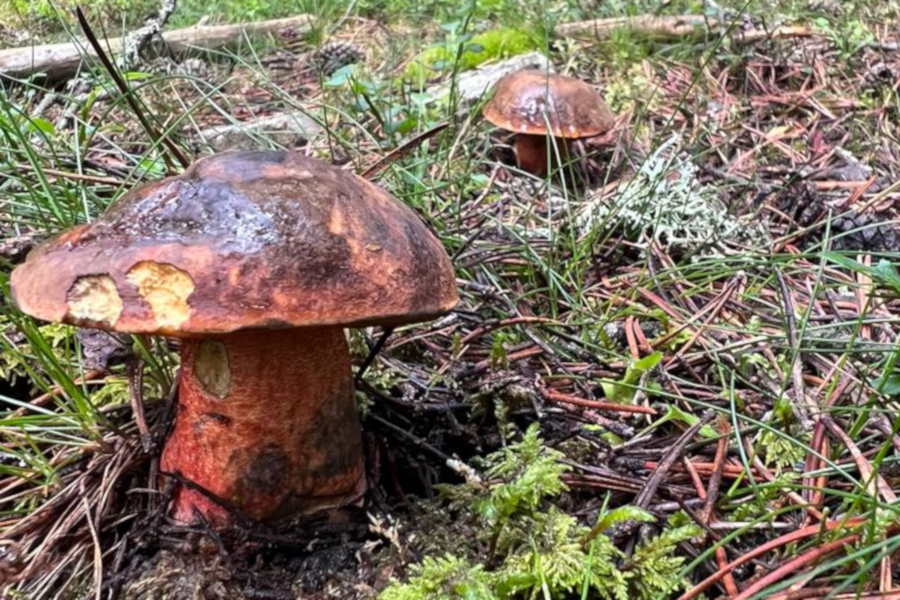Black pine forests (Pinus uncinata) produce more mushrooms than other forests located at lower elevations, such as red pine forests. With a similar number of species, they have one of the highest productivity and fungal wealth values in the Mediterranean basin. In addition, they have peak production in late summer, a month earlier than expected in other habitats, if they have mild temperatures and rain. This findings have been revealed by a study led by University of Lleida (UdL) doctorand Ángel Ponce and published in the scientific journal Forest Ecology and Management. Research has been carried out by researchers from the Catalan Forest Science and Technology Centre (CTFC, by its Catalan acronym) and the Agrotecnio-CTFC-CERCA Joint Research Unit.
The work aimed to analyze the fructification of fungi in a “highly important tree ecosystem”, as pine forests are only found in specific areas of south-western Europe, at higher parts of mountains, forming the last tree line. Researchers consider them “ecologically valuable areas”. The global rise of temperatures resulting from climate change could affect these habitats and cause their decline.
The team has collected data for 5 years, between 2015 and 2019, to describe the interannual changes in the productivity, diversity and composition of the mushroom community. They have detected a total of 255 species, 17 of which belong to the Red List of threatened species. One of them, the Entoloma porphyrophaeum, is considered vulnerable. The data indicate that average annual productivity is 21.60 kilos per hectare per year in dry weight. The dominant families are ectomycorrhizae, which establish a symbiotic relationship with tree roots and improve drought tolerance, such as Russulaceae and Tricholomataceae.
The study’s conclusions point out that the productivity and wealth of ectomycorrizes, such as the Boletus edulis (one of the most appreciated for its flavor and texture), are highest in late summer, from mid-August to late September. Saprotrophic species, such as the Pleurotus ostreatus, have more species in mid-autumn, from early October to late November.
“It’s very important to do this kind of mushroom sampling study, which ideally should be supplemented with those of mycelis to know what’s going on over and under the earth and to understand the importance of meteorological variables in the production and wealth of species,” Ponce noted. The authors also consider it necessary to cooperate with other Mediterranean countries to have data on fungal communities at a high level and to be able to monitor them over time.
Text: CTFC Communications / Premsa UdL / Agrotecnio Communications
Image: Boletus edulis / Juan Martínez de Aragón (CTFC)

